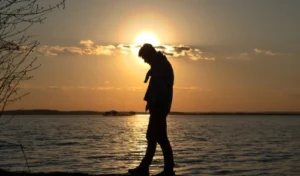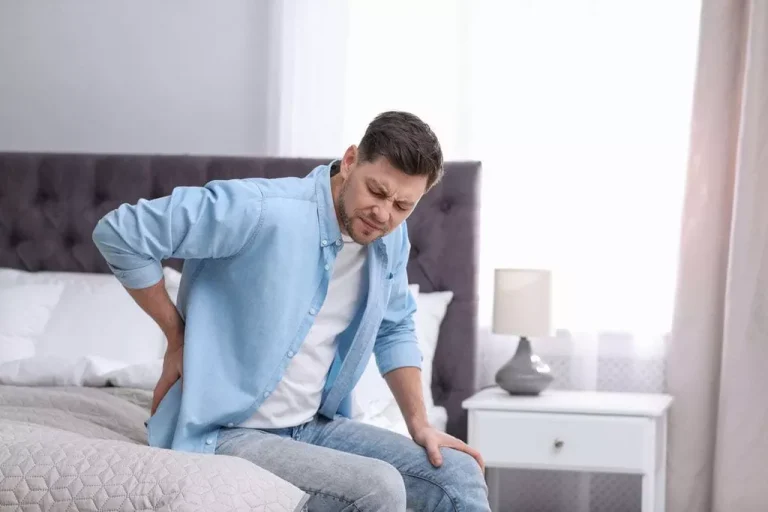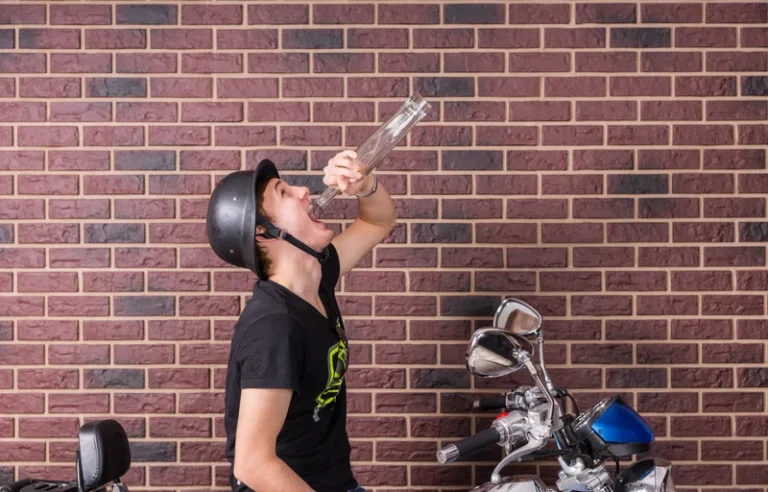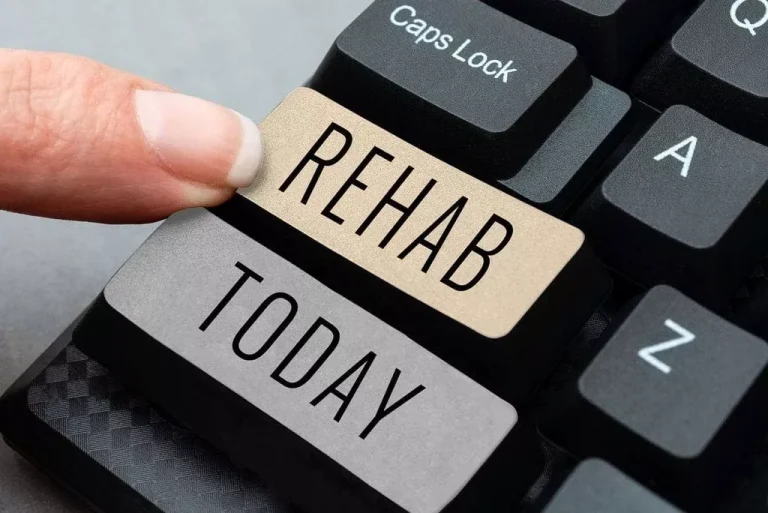
The maze has two sections, an enclosed area with walls where the rodent may feel safe, and a completely exposed section that is elevated from the ground. In May 2019, Denver passed a city ordinance to de-criminalize mushrooms containing psilocybin. “It’s just that we need a good deal more research that addresses safety and efficacy and the type of patient who’s likely to benefit.” The study is notable for its scientific rigor, says Dr. Charles F. Reynolds III, distinguished professor emeritus of psychiatry at the University of Pittsburgh’s School of Medicine and the author of an editorial that accompanied the research. “The effect happened within one day after the first session and sustained at that reduced level through the second psilocybin session all the way up to the one-month follow-up,” he says.
What the Experience is Like
During the COVID-19 pandemic, some companies took the Open COVID Pledge, promising not to enforce their rights against competitors using their technologies to address the pandemic. Two leading non-profits, the Multidisciplinary Association for Psychedelic Studies and the Usona Institute, conduct clinical trials with psychedelics while eschewing patent rights. The schedule I status of most psychedelics imposes a ceiling on many policy recommendations. The evidence in support of rescheduling is strong, particularly for psilocybin, which is derived from fungi5.
Psilocybin May Help Improve Well-Being and Purpose in Ways That Aren’t Typically Measured in Drug Studies
- It should be noted some cities and states have legalized the use of psilocybin mushrooms for private consumption by adults.
- Imagine a severely depressed woman—let’s call her Amber—who just arrived at her therapist’s office.
- In addition to a variety of doses and formulations, different trials are testing different therapeutic approaches.
The substance that makes some mushrooms “magic” also appears to help people with major depressive disorder. Mark S. Gold, M.D., is a pioneering researcher, professor, and chairman of psychiatry at Yale, the University of Florida, and Washington University in St Louis. His theories have changed the field, stimulated additional research, and led to new understanding and treatments for opioid use disorders, cocaine use disorders, overeating, smoking, and depression. Both studies found that a single treatment with psilocybin reduced anxiety and depression in cancer patients. In 1968, the United States outlawed LSD possession, categorizing the hallucinogen as a Schedule 1 drug.

Rigorous Study Backs A Psychedelic Treatment For Major Depression
- Under existing regulation, well-capitalized private companies fund most research and, to a large extent, they control the agenda and shape federal drug policies.
- They argued the field had a “legitimate interest in learning how cognition, perception, and emotion are affected by mind-altering substances.” The possible dangers of researching such substances were not as well-known at that time.
- Acknowledging its therapeutic benefits, the Canadian government made psilocybin available to people with life-threatening illness through compassionate-use regulation.
- This precluded human studies until the late 1990s when a “second wave” of modern clinical trials restarted investigating the efficacy and safety of classic psychedelics for major depressive disorder (MDD) and other mental disorders.
- The effectiveness of the treatments is noteworthy, leading to optimal results in a few sessions.
Clients seeking access to ‘psilocybin services’, as they are called in Oregon, need not have a medical diagnosis to participate. Because clinical-trial participants often report sustained feelings of wellbeing22, some believe psilocybin services could help fill the current gap in preventative mental healthcare. Psychedelics are a class of natural and are psychedelics addictive synthetic compounds that includes psilocybin, MDMA (3,4-methylenedioxymethamphetamine), ibogaine and DMT (dimethyltryptamine). Some psychedelics have been used by Indigenous communities for hundreds or thousands of years. By the middle of the 20th century, clinicians used psychedelics as adjuncts to psychotherapy, reporting a variety of benefits.
Though psilocybin and MDMA have received the most attention for their potential therapeutic applications in recent years, other common psychedelics, including LSD, dimethyltryptamine (DMT), ayahuasca, ibogaine, and mescaline have also been studied to a lesser extent. The commonly used dissociative anesthetic ketamine, which has psychedelic properties, has also found a role in many psychiatric settings. Here, we briefly describe the differences between two subclasses of psychedelics, the empathogens and the classical psychedelics. Overall, available evidence suggests serotonergic psychedelics impact depression, in part through serotonin receptor agonism, neurogenesis, immunomodulation, widespread changes in connectivity within the brain, and psychological effects. To date, neuroimaging studies provide the most robust investigation into the mechanisms of action of psychedelics, but their results remain limited. More studies with larger and more diverse samples are needed to replicate and extend current findings.

Unlike other schedule I substances such as heroin, and schedule II compounds, including cocaine and fentanyl, psilocybin exhibits a low risk of toxicity and a very low potential for dependence or addiction6. Psilocybin use is not criminalized in several countries, including Portugal and the Netherlands, and a study commissioned by the Dutch Ministry of Health found that over-the-counter sales posed minimal risk to individual people and the public7. Regardless of the caveats, these studies are incredibly promising and move us closer to expanding the available treatment options for patients with depression. In due course, other disorders, such as addiction or anxiety, may also benefit from psilocybin-assisted therapy.
